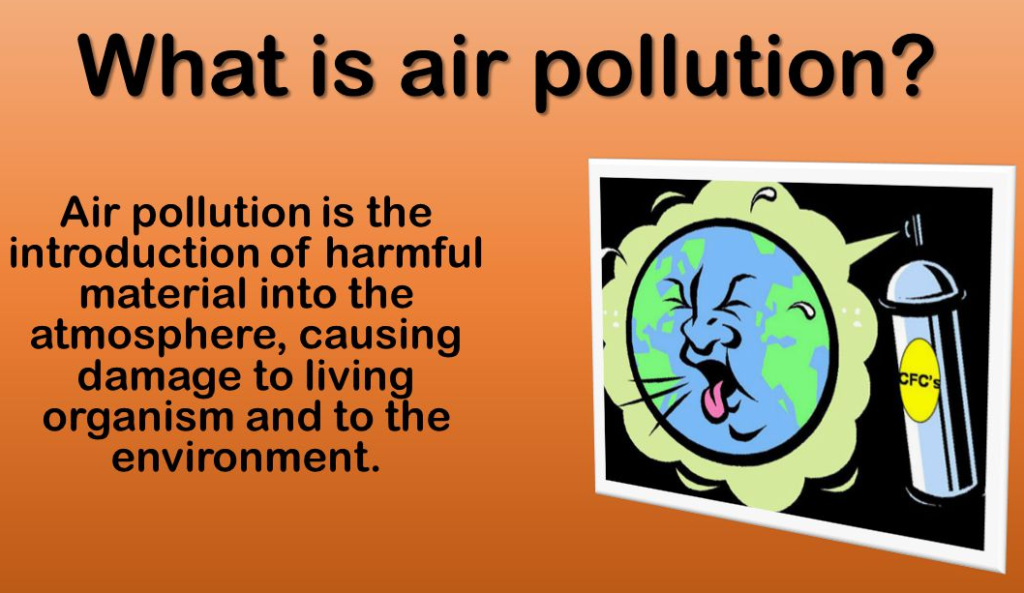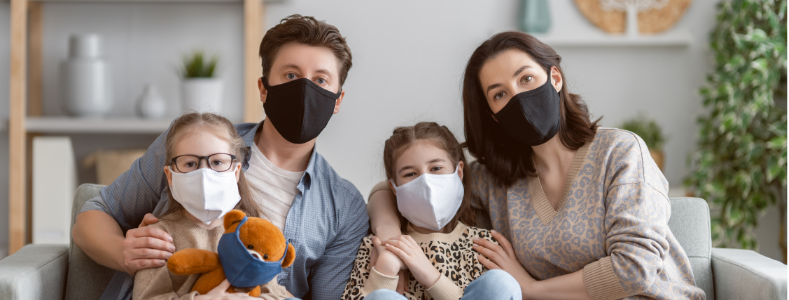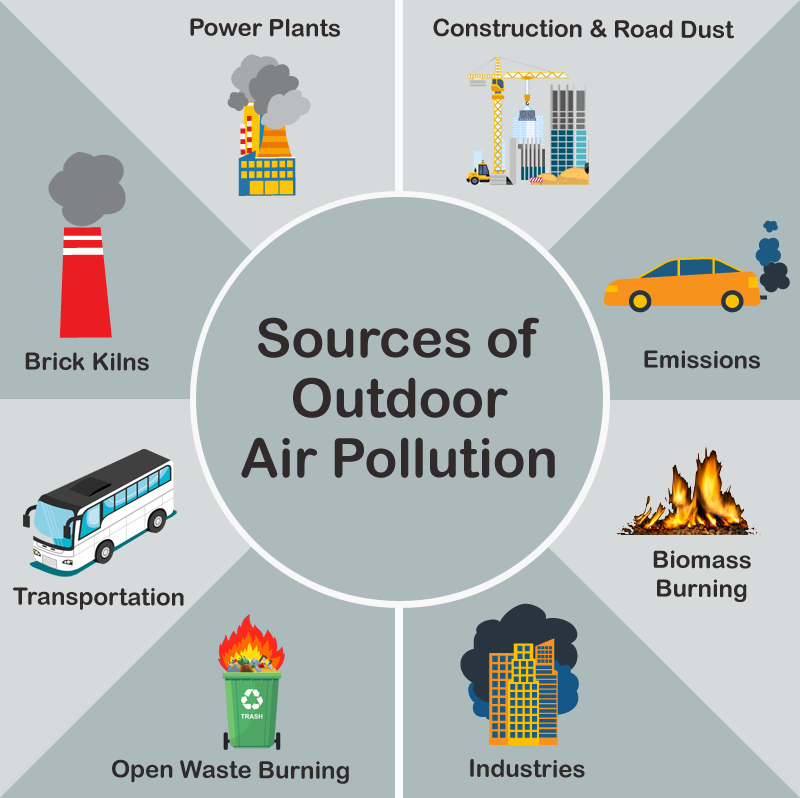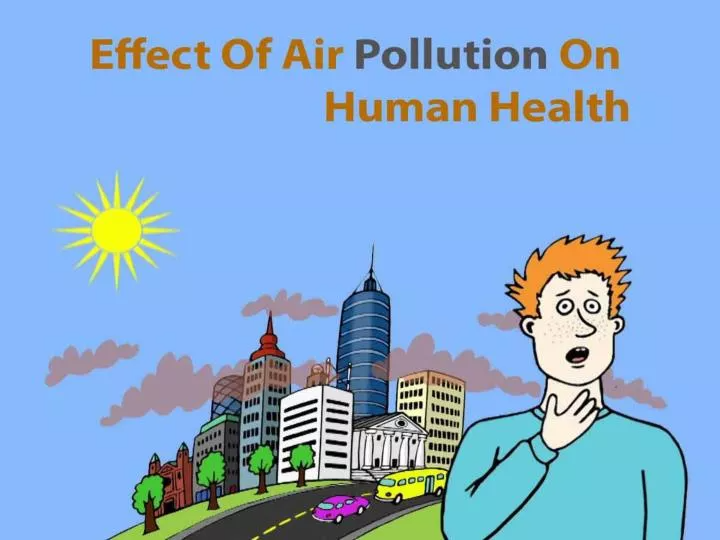Enter a world where the air we breathe holds secrets, a world where the invisible becomes a visible threat. In this article, we unravel the complexities of air pollution – a silent intruder impacting our health and the well-being of our loved ones. From fast facts to actionable steps, join us on a journey to understand, confront, and protect against the pervasive challenge of air pollution. Your breath matters, and so does your family’s. Let’s explore how to safeguard the air we share.
Understanding Air Pollution: Fast Facts
Air pollution, a ubiquitous concern in our modern world, demands swift comprehension. Here, we distill crucial information into fast facts, providing a snapshot of the issue’s scope and urgency. Learn about the diverse pollutants that cloud our air, from particulate matter to noxious gases. Grasp the geographical reach of this challenge, affecting urban and rural areas alike. This section serves as a quick reference, laying the foundation for a deeper exploration into the origins, impact, and mitigation of air pollution.
Defining Air Pollution

To combat a foe, one must first understand it. What is air pollution, precisely? This section breaks down the miracle into a fluently understood corridor. The expression” air pollution” describes a wide range of pollutants released into the atmosphere by both natural and mortal-caused conditioning. We look at the origins and goods of adulterants similar particulate matter, nitrogen oxides, and unpredictable organic composites.
Understanding air pollution involves grasping its forms – from smog to indoor pollutants – and acknowledging its omnipresence. Armed with this knowledge, readers gain a foundational comprehension, setting the stage for a more profound exploration into the sources, impacts, and preventive measures against this silent adversary.
Protecting Your Family from Air Pollution

As awareness grows, the natural response is action. This section becomes a guidebook, offering tangible ways to shield your family from the encroachment of air pollution. From simple lifestyle adjustments to leveraging technological solutions, we explore a range of strategies. Discover the importance of indoor air quality management and the power of green spaces in mitigating pollution impact.
Navigating the delicate balance between daily activities and minimizing exposure becomes clearer. Empowered with actionable steps, readers can transform knowledge into a shield, creating a safer environment for themselves and their loved ones in the face of pervasive air pollution.
Sources of Air Pollution

Understanding the enemy requires identifying its origins. In this section, we delve into the diverse sources of pollutant tracing the pathways through which our air becomes tainted. From vehicular emissions and industrial activities to natural sources like wildfires, each contributor plays a role in compromising air quality. We dissect the impact of energy production, agriculture, and even household activities. Shedding light on the often-overlooked sources within our daily lives.
Recognizing these origins is the first step in curbing pollutants People and communities can take action, adopt healthier habits, and support the wider effort to reduce the sources of air pollution by having a better understanding of the sources of pollution.
Health Impacts of Air Pollution

The consequences of air pollution extend far beyond a tainted skyline; they penetrate our very health. This section explores the intricate relationship between inhaling polluted air and its effects on our well-being. Respiratory issues, cardiovascular complications, and heightened risks of conditions like asthma become evident as we navigate the physiological impact of exposure to pollutants.
Understanding the health risks empowers individuals to prioritize preventive measures. From vulnerable populations like children and the elderly to the broader community, this exploration illuminates the urgency of addressing air pollution’s health impacts. By internalizing these realities, readers can make informed decisions to safeguard their health and advocate for broader changes in the fight against pollutants.
Assessing Air Quality
Knowledge is the first line of defense against pollutants, and this section equips readers with the tools to assess their immediate environment. Delving into methods and indicators, we explore how to discern signs of polluted air. From understanding air quality indices to recognizing visible cues like haze and odors. Readers gain practical insights into evaluating the health of the air they breathe.
This section empowers individuals to be proactive in assessing and monitoring air quality in their surroundings. Armed with this awareness, they can make informed decisions about outdoor activities, adjust routines during pollutant spikes, and advocate for broader initiatives aimed at improving air quality in their communities.
Risks to Children: Why Are They More Vulnerable?
Understanding the unique vulnerability of children to pollutants requires a closer examination of physiological and behavioral factors. This section delves into the reasons behind children being more susceptible to the adverse effects of polluted air. Factors such as higher breathing rates, still-developing organs, and increased outdoor activity contribute to their elevated risk.
By dissecting these vulnerabilities, parents, educators, and policymakers gain insights into tailored strategies for protection. This section emphasizes the importance of recognizing and addressing the specific risks faced by children, offering a foundation for the subsequent exploration of impactful measures to shield them from the harmful impacts of air pollution.
Impact of Air Pollution on Children

Moving beyond awareness, this section illuminates the tangible consequences of air pollution on children’s health and development. From respiratory ailments like asthma to broader impacts on cognitive function, the scope of these effects is explored. The long-term implications, including potential links to chronic conditions and compromised immune systems, underline the urgency of addressing this issue.
Understanding the depth of these impacts reinforces the call to action. Readers are encouraged to advocate for policies that prioritize clean air for children. Invest in green spaces, and support research initiatives to further uncover the intricacies of how air pollution affects the youngest members of our communities.
Conclusion
In the silent dance between breath and pollution, our responsibility becomes clear. As we come to the end of this voyage, it is clear that air pollution poses a direct threat to our health and the health and well-being of our children, in addition to being an environmental issue. Armed with knowledge, we can act. From protecting our families to advocating for cleaner air, each step counts. Let this awareness propel us into a future where the air we breathe is not just a given but a collective commitment to health and vitality.

